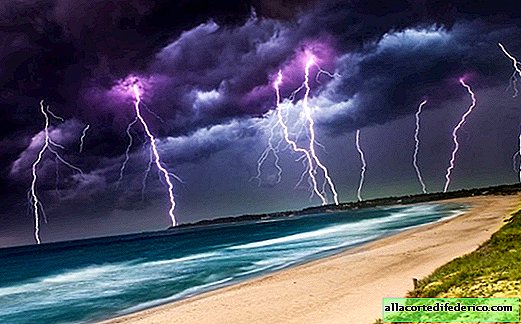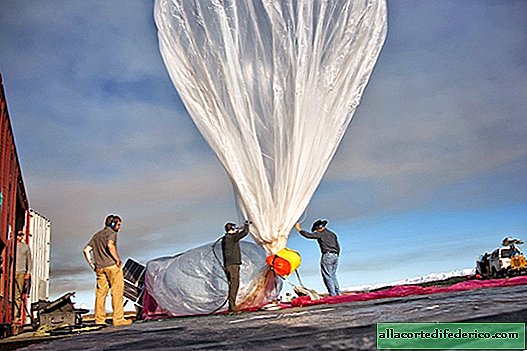What happens if lightning hits a sandy beach
Everyone knows how dangerous lightning is, so people are trying in every way to avoid encounters with these natural electrical discharges. Usually during a thunderstorm, lightning strikes a towering object - a freestanding tree or the spire of a tall building. But an outstanding height is not a prerequisite, and sometimes lightning strikes a flat surface, for example, in a strip of sandy beach on the coast. If the amperage is especially high, when struck by lightning fulgurites are formed - amazing creations of nature of the most diverse form.

Sandy beaches most often consist of the smallest particles of quartz or silicon dioxide (SiO2), which conduct electric current poorly. Quartz sand is the main raw material for the production of glass, which must be cleaned and heat treated. This mineral begins to melt at a temperature of 1400-1700ºС, which is easily achieved when lightning hits the sandy beach. Sand grains of quartz, and with them particles of moisture and air located between them, undergo a sharp heating. The sand melts, and the expansion of air leads to the formation of a cavity, which can be seen inside the fulgurite. The diameter of these sand formations does not exceed a few centimeters, while the length can reach 3-5 meters. If the sand is wet, then with a lightning strike branched fulgurites are formed, which have a bizarre shape. In addition to sandy beaches, fulgurites can also occur when lightning strikes the surface of the earth, if the soil in this place has a high sand content.

Despite the abundance of lightning on our planet, and in some regions they are recorded every 5-10 days and even more often, there are not so many fulgurites on tropical beaches. Fulgurites are quite fragile, so it is rarely possible to extract intact glass tubes from sand. It is interesting that the found fulgurites sometimes have a very respectable age, and therefore are of great interest to scientists. So, for example, in the Sahara desert, in its Egyptian part, where thunderclouds and lightning are not such a frequent occurrence, large fulgurite was found. After analyzing the chemical composition of the gases inside it, scientists were able to establish its approximate age - about 15 thousand years. Similar formations have also been found in Mauritania and Algeria. Findings of fulgurites are not uncommon in the United States, where they are excavated in California, Florida and in the desert regions of Arizona.


















